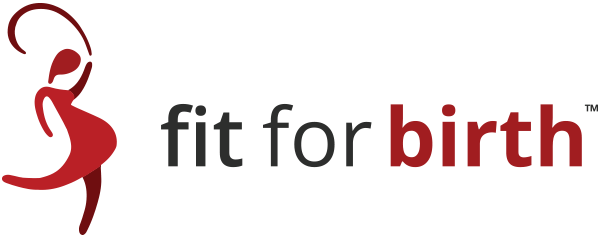Recently, I was asked, “What’s the Difference Between Prenatal Yoga and Corrective Exercise?” These are two rather different exercise methodologies but it looks like some explaining is in order.
I immediately thought of a yogi client, Leslie, who approached me for corrective exercise years ago. She was regularly practicing yoga and feeling immense pain daily in various joints.
Leslie came to me with the goal of feeling stronger and “seeing if there was anything that could be done” with her severe hip pain. Upon further inquiry, I discovered a few unique details about her life. She was in her 40’s, and had recently delivered twins. She was single, had dated primarily yoga instructors since her 20’s, and was highly immersed in the practice of yoga in fitness gyms, small studios, in the heat, and at home. She was experienced in group classes, and had had her fair share of one-on-one sessions too.
I did my usual assessment, which began with us talking about her goals, and my finding out her history of yoga and current exercise habits. She was regularly practicing some version of yoga every day with a scattering of other activities like weight training. I found out that she was experiencing the hip pain every day: when she walked, exercised, got out of her chair, and just moved in general. She noted that her pains always felt better after doing a yoga class.¹
I then performed a breathing, flexibility, and movement assessment. I typically go into an assessment looking for the “gross” issues, those things that stand out as major. There were a few things that stood out for me, particularly that three of her joints were far too flexible from a corrective exercise point of view. One of these “too flexible” areas was that her hip external rotators were super-loose, with nearly 90 degrees of movement compared to the expected 45 degrees.
At the end of my assessment, I presented her with what I thought were the three most outstanding imbalances. All three were hyper-flexibilities, one of which was her hip rotation. I asked her which yoga poses she performed most regularly, and she promptly showed me several movements that exactly matched her hyper-flexibilities. One of them was a version of “pigeon pose,” which correlated directly with her excessive hip external rotation. In short, I concluded the session by asking her to stop doing those yoga poses altogether.
A few days later, she sent me this text: “I cannot impress upon you what it feels like to NOT have pain after 20 years.”
I often say that corrective exercise is a blend of personal fitness training with physical therapy. Corrective Exercise teaches you how to move with the correct muscles, enabling fluid joint movement and the potential avoidance of nearly any joint or muscle pain.
Westernized fitness yoga is essentially movement centered on the breath. I often say that if I had to prescribe one type of exercise for the masses, it would be yoga, considering the population’s imbalances as well as yoga’s incredibly well-rounded skill set development. (Yoga has the nature of improving strength, flexibility, balance, agility, power, and more, compared to cycling, for example, which is focused upon endurance, and only in one plane of movement.)
Yoga has become a mainstay for the prenatal population largely because of two reasons. One, there is a cultural acceptance that it is a safe “low-impact” exercise. Two, in a world that offers very little to the pregnant mom who traditionally has wondered if she should exercise at all, there is a relatively widespread availability of yoga classes.
If you are practicing yoga, corrective exercise can enhance your practice. Corrective exercise gives you knowledge into your specific imbalances, which allows you to know which poses are best for you, while revealing which poses may be worsening your alignment. Just this morning, I consulted a postpartum yoga client, Stephanie, who had nearly non-existent diaphragm function. She goes to yoga class every week, hears the instructor tell her to breath deep into her tummy, but has never been coached on how to actually activate the correct muscles. How many other people are doing yoga today with the wrong muscles? To be sure, this client left our first session with significantly improved diaphragmatic function. She couldn’t believe how in just 25 minutes, she was able to reach a sense of balance and connection that she hadn’t felt in years.
That’s the power of corrective exercise. Yoga-goers can use it to assess their foundation alignment, and immediately improve their practice.
My work with Leslie helped her heal 20 years of chronic pain after just the first session, and I didn’t even teach her anything new to do. I just looked at her body from the unique perspective of corrective exercise and revealed how she can enhance the yoga practice that she loves.
_________________________
¹The likely reason that Leslie felt hip pain relief after each of her yoga sessions is that stretching has a kind of neurological numbing effect. This effect can sometime help in the short term, even while hurting in the long term.
